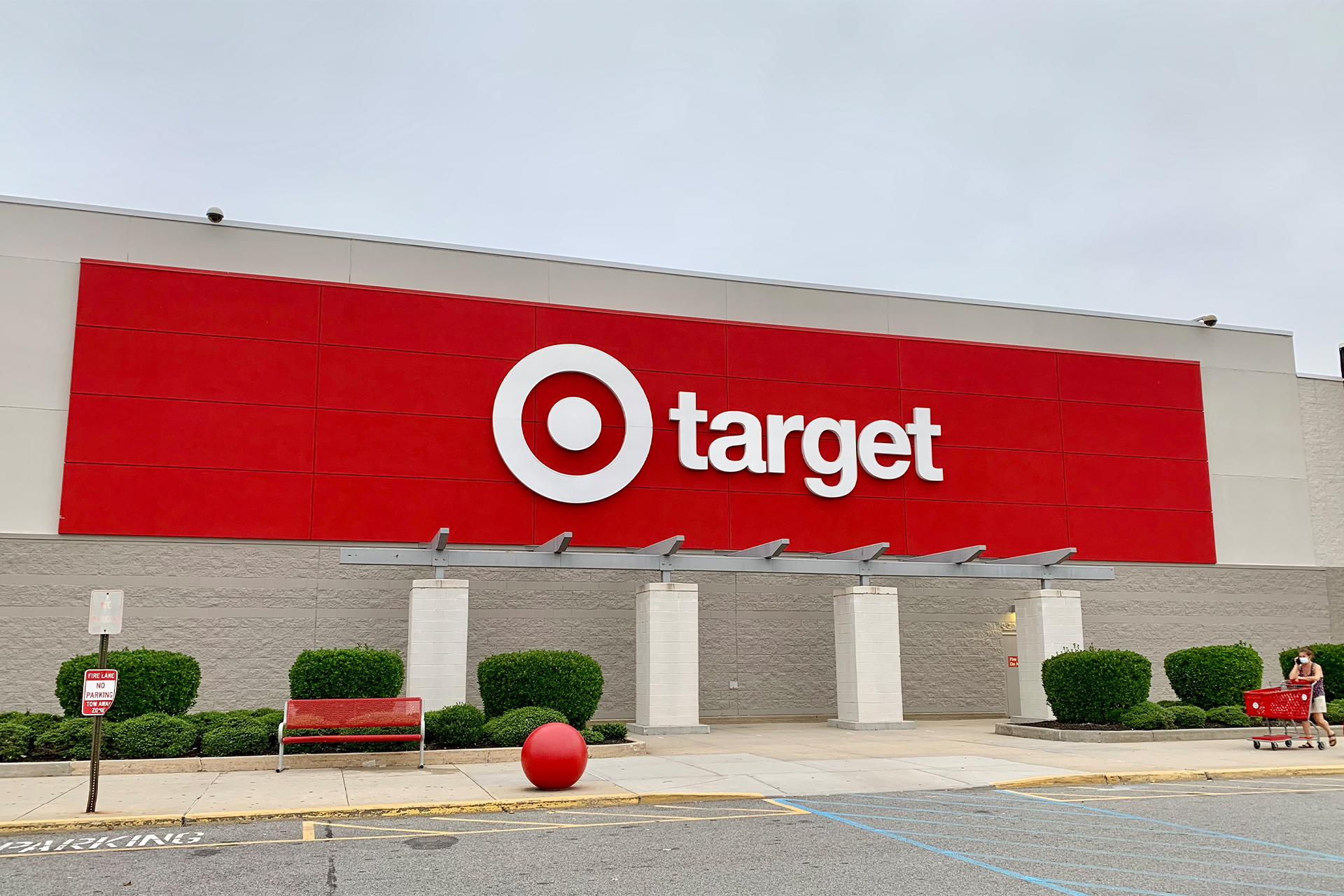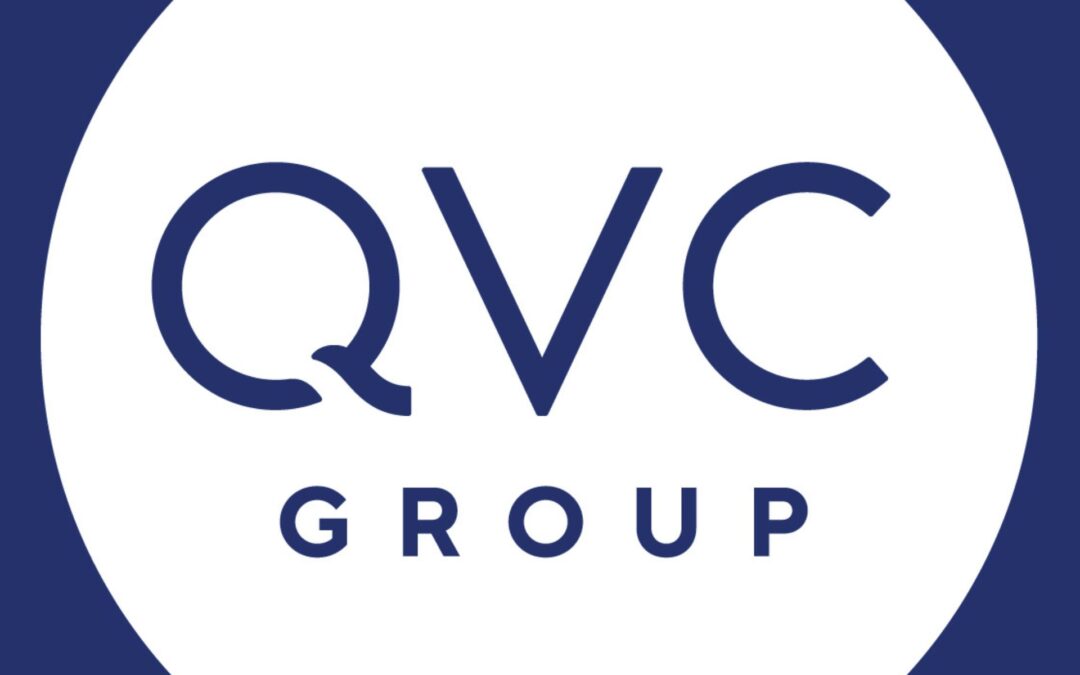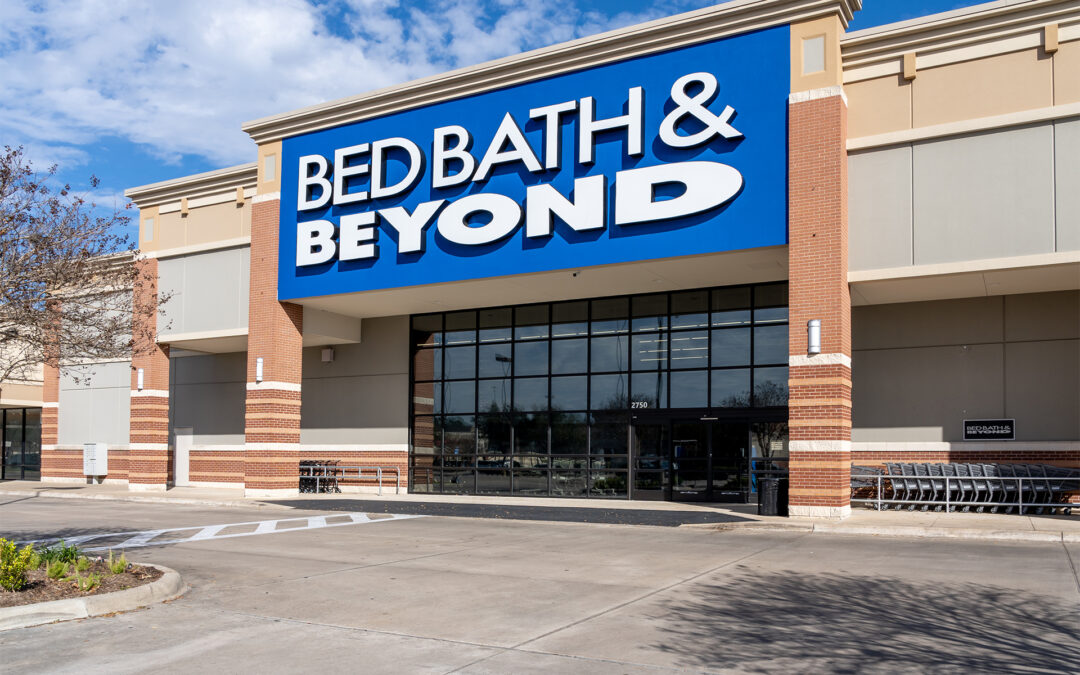Inflation, changing consumer preference and supply chain issues pressured Target’s first-quarter earnings even as comparable sales gained and overall revenues did better than Wall Street anticipated.
Net earnings were $1.01 billion in the quarter, or $2.16 per diluted share, versus $2.1 billion, or $4.17 per diluted share, in the year-earlier period. Adjusted for one-time charges, adjusted earnings per diluted share were $2.19 versus $3.69 in the quarter a year prior.
In a Yahoo Finance-published estimate, analysts expected, on average, earnings per diluted share of $3.06 and revenues of $24.49 billion in the quarter.
Comparable sales gained 3.3% in the quarter year over year, on top of 22.9% growth in the 2021 period versus the 2020 frame, Target noted. The comp advance reflected traffic growth of 3.9% year over year. Store comps increased 3.4% in the quarter versus the 2021 period, on top of 18% growth in that quarter versus the 2020 period.
Digital comparable sales grew 3.2% in the quarter year over year, following an advance of 50.2% in the 2021 quarter versus the 2020 period. Same-day services including order pickup, drive-up and Shipt delivery gained 8% year over year, led by drive-up. Target fulfilled more than 95% of its first-quarter sales through its stores.
Frequently purchased categories driving sales growth included Food & Beverage, Beauty and Household Essentials, Target maintained.
Net sales were $24.83 billion and net revenues, including other income, were $25.17 billion versus $23.88 billion and $24.2 billion, respectively, in the year-previous quarter, the company indicated. Operating income was $1.35 billion versus $2.37 billion in the period a year before.
Macro challenges and changes in consumer behavior in the quarter eroded the bottom line, Target asserted.
In a conference call, Brian Cornell, Target chairman and CEO, said, “We saw much higher than expected freight and transportation costs and a more dramatic change in our sales mix than we anticipated. This resulted in excess inventory, much of it in bulky categories, which put additional strain on our already stressed supply chain.”
Cornell added that Target saw growth and market share gains in its food and beverage and household essentials categories, as well as beauty, with double-digit year-over-year comp growth based on the company’s enhanced presentation, assortment and service, as well as its partnership with Ulta Beauty.
“The results of this partnership have exceeded our initial expectations, driving higher productivity and sales in both the beauty area and adjacent categories in the stores where we’ve added an Ulta Beauty experience,” Cornell said.
Cornell noted that in other core categories — home, apparel and hardlines — sales trends slowed significantly in March versus the month a year earlier, which benefited from United States government stimulus payments.
“While we anticipated a post-stimulus slowdown in these categories, and we expected consumers to continue refocusing away from goods and into services, we didn’t anticipate the magnitude of that shift,” Cornell said. “As I mentioned earlier, this led us to carry too much inventory, particularly in bulky categories including kitchen appliances, TVs and outdoor furniture. And, with very little slack capacity after two years of unprecedented growth, we faced elevated costs to store and begin right-sizing our inventory position. Nevertheless, we’re still seeing healthy overall spending by our guests even as their spending continues to evolve. Notably, we continue to see meaningful spending surges around holidays including Easter in April and Mother’s Day. Also notable, in comparing this year’s weekly sales to pre-pandemic levels at the beginning of 2019, we’re actually seeing stronger three-year growth trends in recent weeks compared with the beginning of the first quarter even in categories where we saw a rapid slow down on a one-year basis.”
Cornell noted that, although Target had to raise prices broadly in the quarter due to increased costs, retail prices have been increasing less rapidly than the overall inflation rate. Target’s price increases have lagged the inflation pace, putting pressure on gross margin. Still, he said, decisions to adjust prices while still maintaining considered value positioning in the assortment would benefit the company in the long term.
In announcing the financial results, Cornell said, “Our first-quarter results mark Target’s 20th-consecutive quarter of sales growth, with comp sales growing more than 3% on top of a 23% increase one year ago. Guests continue to depend on Target for our broad and affordable product assortment, as reflected in Q1 guest traffic growth of nearly 4%. Throughout the quarter, we faced unexpectedly high costs, driven by a number of factors, resulting in profitability that came in well below our expectations and well below where we expect to operate over time. Despite these near-term challenges, our team remains passionately dedicated to our guests and serving their needs, giving us continued confidence in our long-term financial algorithm, which anticipates mid-single-digit revenue growth, and an operating margin rate of 8% or higher over time.”
Operating margin in the first quarter if this fiscal year was 5.3%.





